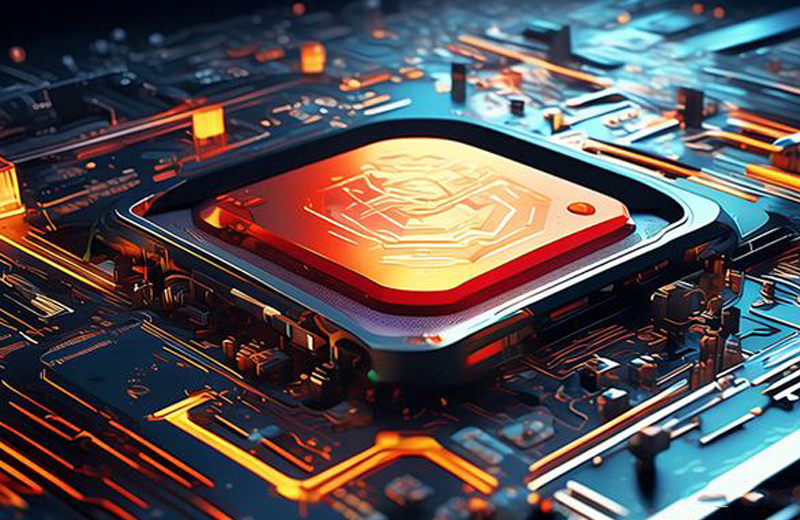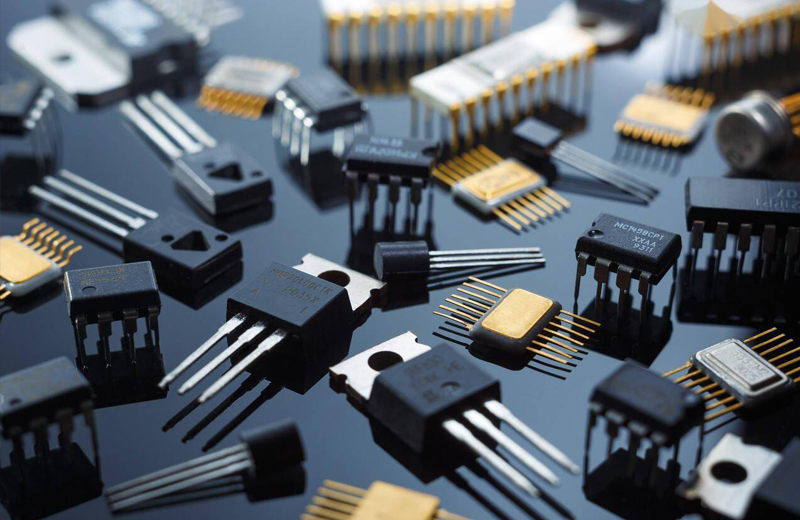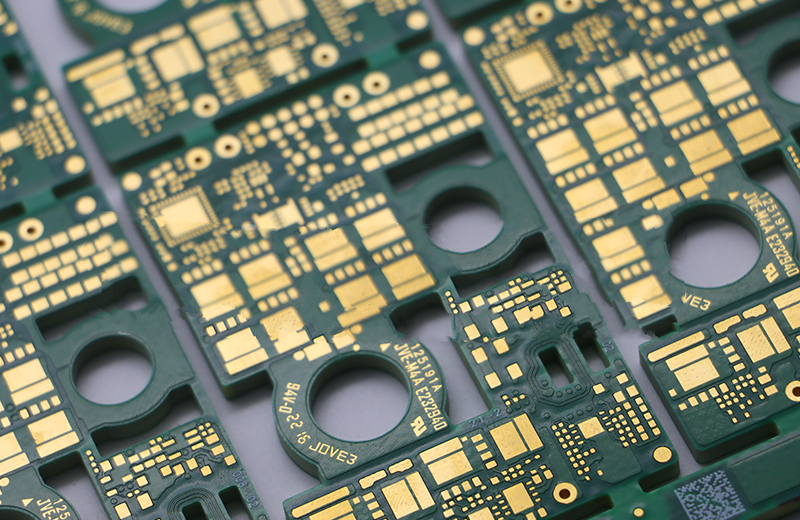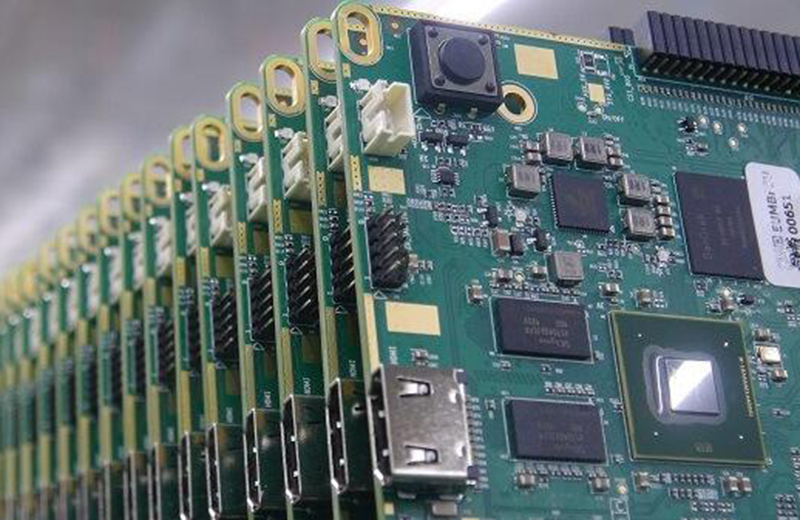Detailed explanation of cleaning process (WET) in semiconductor FAB
The cleaning process plays a crucial role in the semiconductor manufacturing process. It aims to ensure the purity of the wafer surface, providing an ideal foundation for subsequent processes. By cleaning, particles generated during the manufacturing process can be effectively removed, thereby improving the yield and performance of wafers. This process is particularly critical in the wafer processing stage, as the wafer undergoes multiple key processes such as LITHO, ETCH, PVD, CVD, etc. Before and after each step of the process, cleaning is required to ensure the cleanliness of the wafer surface and reduce the defect rate. In addition, various cleaning processes are involved in the advanced packaging process of chips, such as TSV cleaning, UBM cleaning, and RDL cleaning. Overall, the cleaning process is an indispensable part of semiconductor manufacturing.
Wet cleaning dominates in the cleaning process
In the cleaning process of semiconductor manufacturing, wet cleaning is currently the mainstream choice, accounting for more than 90% of the cleaning steps. Wet cleaning uses specific chemical solutions and chemical solvents such as deionized water to clean the wafer surface without damage according to different process requirements. It can effectively remove impurities such as particles, natural oxide layers, organic matter, metal contamination, sacrificial layers, and polishing residues during the wafer process. At the same time, physical methods such as ultrasound, heating, and vacuum can be combined to further enhance the cleaning effect.
In contrast, dry cleaning is a cleaning technique that does not use chemical solvents, including plasma cleaning, supercritical gas phase cleaning, and beam cleaning. However, wet cleaning still plays an indispensable role in semiconductor manufacturing due to its high efficiency and wide applicability.
SPM (SC3) cleaning solution, which is a mixture of H2SO4 and H2O in a ratio of 1:3, is an effective choice for removing organic pollutants. The dehydration of sulfuric acid causes organic matter to carbonize, while hydrogen peroxide further oxidizes the carbonized products into carbon monoxide or carbon dioxide.
Dilute hydrofluoric acid solution, containing HF, DHFl, and H2O, mixed in a ratio of 1:2:10, mainly used to remove oxides from specific areas, etch silicon dioxide and silicon oxide, and reduce residual surface metals.
UPW (DI water) plays an important role in the cleaning process. After ozone treatment, it is not only used to dilute chemicals, but also an ideal choice for rinsing chips after chemical cleaning.
By using chemical dilution method, such as treating SCSC2 mixture, the amount of chemicals and DI water can be significantly saved, while ensuring that H2O2 in SC2 mixture is completely removed. In addition, diluting APM, HPM mixture, and HCI solution can demonstrate comparable effectiveness to standard SC2 liquid in removing metal impurities. Especially when diluting HCI solution, it does not cause particle precipitation even at low concentrations, thus optimizing the cleaning effect.
Using RCA's chemical dilution method for cleaning can reduce chemical consumption by up to 86%. By diluting the SCSC2 solution and adding megasonic agitation, not only did the operating temperature of the solution in the tank decrease, but the cleaning time was also optimized, extending the lifespan of the solution in the tank and further reducing the consumption of chemicals. Meanwhile, experiments have shown that replacing cool UPW with hot UPW can reduce UPW consumption by 75-80%.
In addition, ozone cleaning, as a simple and efficient cleaning method, can effectively remove metal ions and improve the cleaning effect by adding ozone and hydrogen peroxide to hydrofluoric acid.
IMEC cleaning technology: IMEC (Interuniversity Microelectronics Center)
Significant research achievements have been made in the field of cleaning technology. Its core contribution lies in the successful application of diluted RCA cleaning technology, which has brought revolutionary changes to the industry. Looking ahead to the future, IMEC has outlined a blueprint for the development of cleaning technology: striving to achieve greater breakthroughs in reducing the use of chemical solutions and simplifying cleaning processes.
The IMEC cleaning technology roadmap shows the main steps in this field. Firstly, organic pollutants are removed through a sulfuric acid mixture, and a layer of chemical oxides is generated to more effectively remove particles. Next, the oxide layer is removed using HF solution, while removing particles and metal oxides. Metal ions such as Cu and Ag will deposit on the Si surface, which is electrochemical and accelerated under light conditions. Finally, a diluted HCl/O3 mixture is used to make the silicon surface hydrophilic, in order to prevent the formation of spots or watermarks during drying, while avoiding metal contamination. Additionally, the concentration of HNO3 is increased during the rinsing process to reduce Ca surface contamination.
Physical methods are also often used as auxiliary means to enhance cleaning effectiveness.
These methods include mechanical brushing, ultrasonic/megasonic cleaning, two fluid cleaning, and rotary spraying. In the current semiconductor cleaning process, the selection of chemical solutions is basically the same, while physical cleaning methods have become the key difference between different processes.
The mechanical brushing method uses a combination of a specialized brush and deionized water to remove particle impurities by utilizing the frictional force between the brush head and the wafer surface. Ultrasonic/megasonic cleaning utilizes the energy of ultrasonic waves to enhance the cleaning effect, by generating impact force through bubbles in the liquid driven by sound waves, thereby driving particles to detach from the surface of the silicon wafer. However, it should be noted that when the amplitude is too large, bubbles may rupture and generate local impact forces. Therefore, in practical applications, it is necessary to select the appropriate ultrasonic frequency based on the feature size to maintain sufficient impact force while avoiding graphic collapse.
The core of ultrasonic technology lies in how to achieve uniform distribution of energy. The patented technology SAPS (Space Alternative Phase Shift) of Shengmei Semiconductor Equipment Co., Ltd. cleverly adjusts the distance between ultrasonic waves and silicon wafers, and cooperates with intermittent switching megasonic generators to ensure that the total energy transmitted to the silicon wafer remains consistent during a specific time period. This innovative technology has successfully solved the problem of ultrasonic energy uniformity, bringing significant results to practical production.
Shengmei Corporation's Megasonic cleaning equipment adopts unique technical principles. Among them, the rotary spray method is a nozzle based cleaning method, which sprays various liquid medicines such as water columns, water mist, etc. through different nozzles, and uses the impact force of these liquid particles to remove particles on silicon wafers. The cleaning effect of this method is closely related to the size and speed of the liquid particles.
This technology has gone through two main stages of development. In the early days, the Jet process directly sprayed water columns onto rotating silicon wafers. Although the impact force was strong and the cleaning effect was significant, it sometimes caused problems such as graphic collapse. To address this issue, Nano Spray technology was later introduced. This technology introduces N2 into deionized water to form a fine mist, which is then sprayed onto the surface of the silicon wafer at high speed, effectively removing particles while avoiding the risk of graphic collapse. In this technology, the size of water droplet particles has a direct impact on the impact force, and the adjustment of nozzle aperture and N2 is the key to controlling the size and impact force of water droplets.
The two fluid cleaning method adopts a refined water gas two fluid atomizing nozzle, which achieves cleaning by introducing liquid medium and high-purity nitrogen gas at both ends of the nozzle. High purity nitrogen is used as a power source to assist in the atomization of liquid into extremely fine liquid particles, which are sprayed onto the surface of the wafer to effectively remove particles. The fluid generated by this method combines the advantages of both liquid and gas, making it suitable for cleaning high aspect ratio structures or surfaces that cannot be wet.
Dry cleaning mainly relies on gas-phase methods to remove pollutants from the surface of chips. Among them, thermal oxidation and plasma cleaning are the main representatives of gas-phase chemical methods. During the cleaning process, thermochemical gas or plasma reactive gas is introduced into the reaction chamber and undergoes a chemical reaction with the surface of the chip, generating volatile reaction products that are evacuated by vacuum.
The advantages of dry cleaning include no waste liquid generation and selective local treatment. In addition, its anisotropic etching properties contribute to the formation of fine lines and geometric features. However, gas-phase chemical methods inevitably react with the silicon surface during the cleaning process and cannot only react with surface metal pollutants. Due to differences in evaporation pressure and volatility of various volatile metal mixtures at different temperatures, it may not be possible to completely remove all metal pollutants under specific temperature and time conditions. Therefore, dry cleaning usually needs to be combined with wet cleaning to achieve the desired cleaning effect.
In experiments, gas-phase chemistry has been proven to effectively reduce metal pollutants such as iron, copper, aluminum, zinc, and nickel. Meanwhile, for the low-temperature removal of calcium, a chemical method based on CL ions can be used to achieve effective volatilization. In the actual process, dry and wet cleaning methods are usually combined to ensure the cleanliness of the wafer surface.












